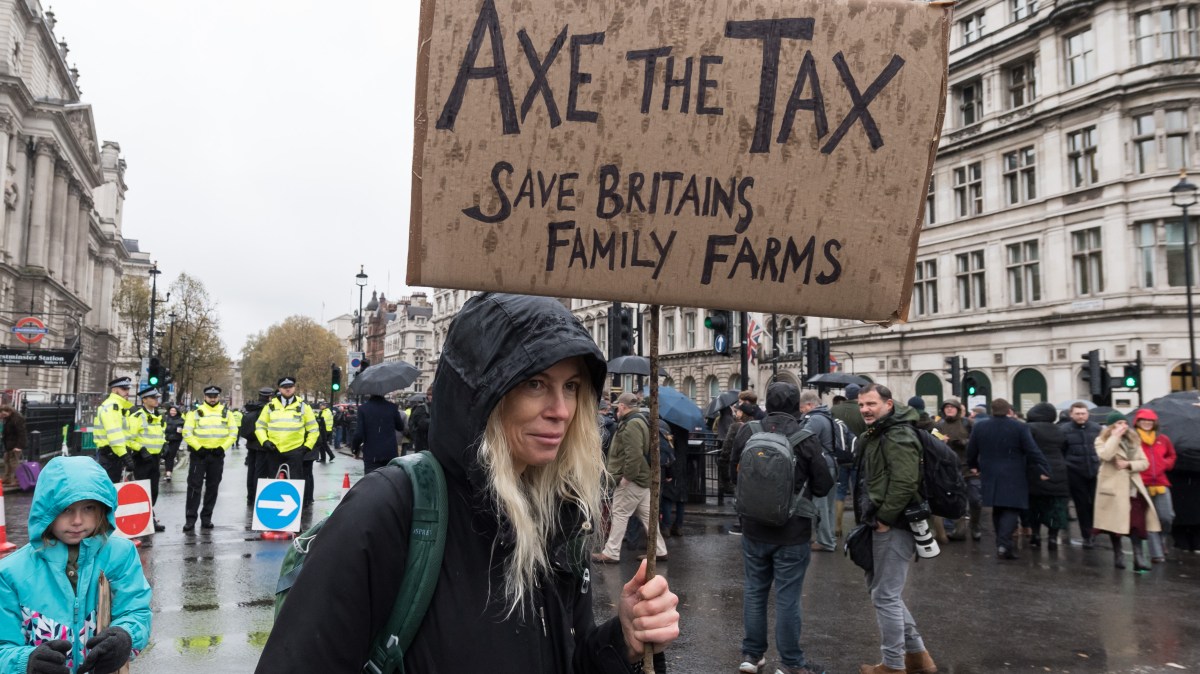The number of bereaved families forced to pay inheritance tax has surged 13 per cent.
New data from HM Revenue and Customs shows that 31,500 estates paid inheritance tax (IHT) in the 2022-23 tax year, 3,700 more than the year before.
The total amount raised for the Treasury hit £6.7 billion, up 12 per cent on the 2021-22 tax year. HMRC said this increase was probably down to rising asset prices and the freeze on IHT thresholds.
And even more families are set to be caught in the IHT net from April 2027, when pensions are to become subject to IHT. The Office for Budget Responsibility expects the change to result in the proportion of estates paying IHT to double to 10 per cent by 2030.
Changes to how farms and family businesses pay IHT will also push up the tax take for the Treasury, which is expected to collect more than £14 billion a year in IHT by the end of the decade.
Charlene Young from the investment platform AJ Bell said: “The government is collecting more in death taxes than ever before. HMRC proudly states that fewer than half of deaths require interaction with the taxman to establish if there is tax to pay — something that will soar when the IHT raid on family businesses, farms and pensions comes into force.”
The first £325,000 of your estate is IHT-free, with anything above taxed at a rate of 40 per cent. Thanks to the residence nil-rate band, this threshold rises to £500,000 if you leave your main home to a direct descendant and your estate is worth less than £2 million.
Anything left to a spouse or civil partner, including pensions from 2027, is exempt from inheritance tax. Couples can combine their allowances, meaning together they can pass on up to £1 million tax-free, as long as the estate is worth less than £2 million.
The main threshold has been frozen since 2009 and the residence nil-rate band has been frozen since 2021.
